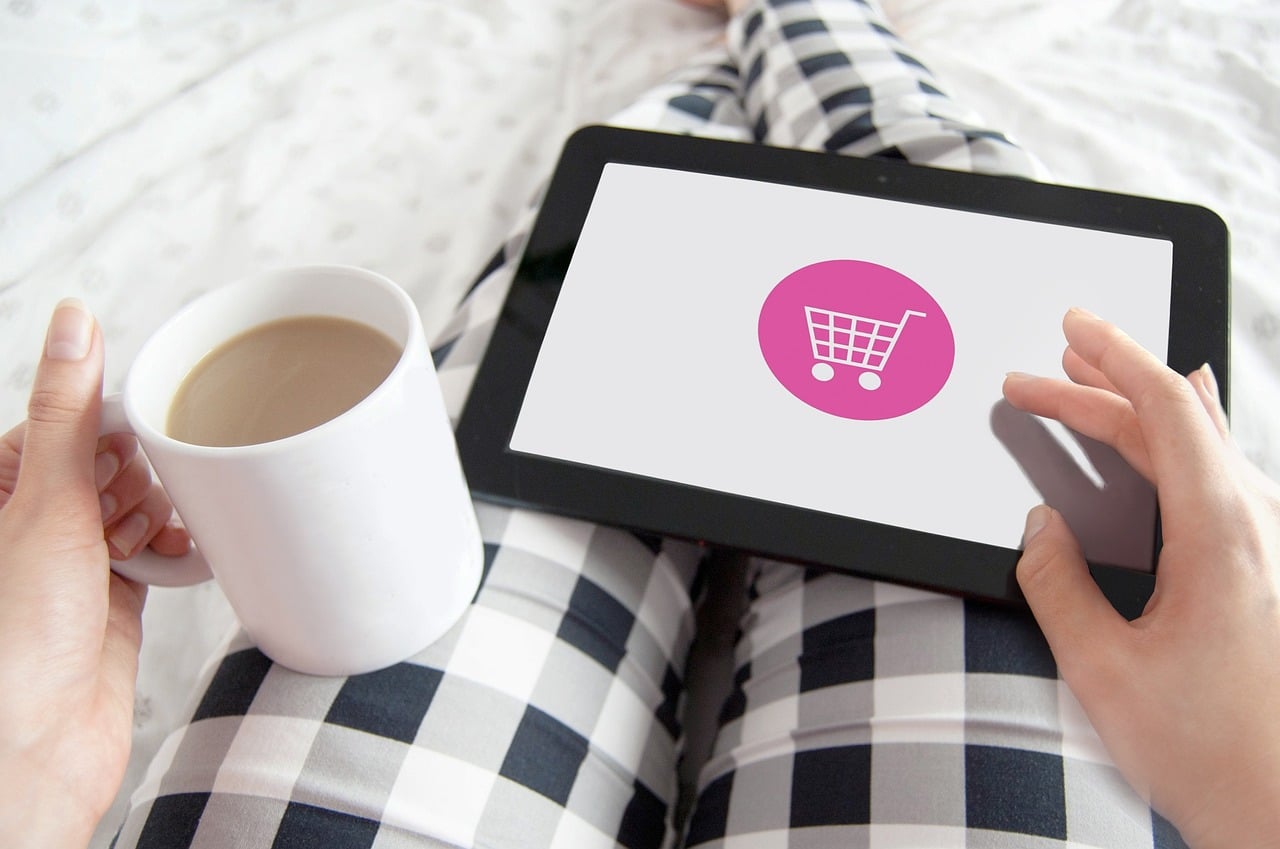What Is the Future of IoT in Personalized Shopping Experiences?

As we push further into the technological era, it is quite apparent that the future of retail lies in the intersection of digital and physical mediums. Over time, there has been a significant shift in the customer experience, with a strong emphasis on personalization. The Internet of Things (IoT) is a driving force behind this shift. It allows retailers to gather and analyze data on a level previously unimaginable. With the help of this technology, retailers can not only manage their inventory more effectively, but also offer personalized shopping experiences that customers desire. As we delve into the future of IoT in retail, we will discuss how this technology is shaping the retail landscape and what it means for customers and retailers alike.
The IoT Revolution in Retail
The Internet of Things has already brought significant changes to the retail industry. It has given birth to smart shopping solutions, real-time inventory management systems, and personalized customer experiences. As IoT devices become even more sophisticated, they will pave the way for further advancements.
A découvrir également : What Are the Privacy Concerns with Household IoT Devices?
IoT devices are embedded with sensors and software that enable them to collect and exchange data. In a retail context, these devices can collect data about customers’ buying habits, preferences, and shopping behaviors. This data, when processed and analyzed using advanced analytics, can provide retailers with valuable insights that can be used to deliver a personalized shopping experience.
For example, by using IoT-enabled devices like smart shelves and smart carts, retailers can keep real-time track of their inventory levels and get alerts when stocks run low. This eliminates the risk of "out-of-stock" situations, which can be a major turn-off for customers. Also, with smart carts, customers can easily find the items they’re looking for, check prices, and even make purchases without having to stand in long checkout lines.
Lire également : What Are the Latest Developments in IoT for Pet Care and Monitoring?
Making Shopping Personalized and Convenient
The era of one-size-fits-all retailing is swiftly coming to an end. Today’s customers demand personalized experiences that cater to their unique preferences and needs. IoT technology is playing a crucial role in meeting these demands.
By tracking customers’ shopping patterns and preferences, IoT devices help retailers create personalized shopping experiences. For instance, retailers can use data from smart devices to offer personalized product recommendations, discounts, and loyalty rewards.
Moreover, IoT can make shopping more convenient for customers. Smart devices like interactive kiosks, digital signage, and mobile apps can provide customers with real-time information about products, deals, and store layouts. This not only enhances the shopping experience but also saves customers’ time.
Streamlining Inventory Management
Inventory management is a critical aspect of retail, directly affecting customer satisfaction and the store’s bottom line. IoT technology offers promising solutions to streamline inventory management and make it more efficient.
By integrating IoT devices like RFID tags and sensors into their inventory management systems, retailers can monitor their inventory levels in real-time. They can track each item’s location, status, and movement within the store. This not only helps in preventing stock-outs and overstock situations but also reduces the time and effort required for inventory counting and replenishment.
Another potential application of IoT in inventory management is its use for predictive analysis. By analyzing data from IoT devices, retailers can forecast future demand for different items and adjust their inventory levels accordingly. This can significantly improve their inventory turnover rate and reduce carrying costs.
The Role of IoT in Creating an Omnichannel Retail Experience
Omnichannel retailing is the new norm in the retail industry. It involves providing customers with a seamless shopping experience across all channels – online, in-store, mobile, and so on. And IoT is the technology that’s making it possible.
IoT devices can collect and analyze data from all customer touchpoints – be it in-store, online, or mobile. This data can help retailers understand their customers better, track their buying journey, and offer personalized experiences across all channels.
For example, a customer who browses a product online can be sent a personalized offer for that product when they visit the store. Or a customer who has left items in their online shopping cart can be reminded of them when they are in the store. These are just a few examples of how IoT can facilitate a truly omnichannel retail experience.
Preparing for the Future
The future of retail is undeniably digital, and IoT is a major part of this digital transformation. As the technology continues to evolve, it will usher in new opportunities and challenges for retailers.
To stay competitive, retailers must be willing to invest in IoT technology and integrate it into their operations. They must also be ready to handle the massive amount of data generated by IoT devices and have the capability to analyze it for actionable insights. Lastly, they must be committed to using these insights to deliver a superior, personalized shopping experience to their customers.
While the future might seem daunting, it’s also filled with immense possibilities. The future of retail is not just about selling products; it’s about creating unique experiences that resonate with customers. And IoT is the technology that can make it happen. As we step into the future, it’s clear that the retail landscape will continue to evolve, driven by the power of IoT.
Enhancing Customer Engagement and Satisfaction with IoT
The future of the retail industry will be profoundly shaped by IoT technology. More than just a tool for inventory management or streamlining operations, the Internet of Things has the potential to revolutionize the way retailers engage with their customers, thereby enhancing customer satisfaction and loyalty.
In physical stores, IoT devices can be utilized to improve the shopping experience by offering personalized recommendations based on the customer’s shopping history and preferences. For instance, digital signage can display customized product suggestions, and smart shelves can notify customers of deals and discounts on their favorite products. This not only adds a unique personal touch but also makes shopping more enjoyable and convenient.
In the realm of online retail, IoT can provide a seamless and engaging shopping experience. Smart home devices like Amazon’s Alexa and Google Home can be used to make purchases, track orders, and even provide product recommendations. Wearable IoT devices can offer a unique shopping experience by providing personalized recommendations based on the customer’s lifestyle and habits.
Moreover, IoT technology can greatly improve customer service. Using real-time data from IoT devices, retailers can anticipate issues and address them proactively. For instance, if an item is out of stock, an IoT system can automatically notify the customer and suggest alternative products. This not only prevents customer disappointment but also creates an impression of a retailer who genuinely cares about their customers’ needs.
Conclusion: The Game-Changing Impact of IoT in Retail
As we look towards the future, IoT in retail presents a transformative opportunity for the industry. By enabling real-time data collection and analysis, it can dramatically enhance inventory management, improve customer service, and deliver personalized shopping experiences, redefining the way retailers operate and interact with their customers.
Building a successful IoT strategy, however, requires significant investment in technology and data analytics capabilities. Retailers must also address potential challenges such as data security and privacy issues. But those who can successfully harness the power of IoT stand to gain a significant competitive advantage in an increasingly digital retail landscape.
In conclusion, the future of retail lies in the seamless integration of digital and physical shopping experiences, facilitated by IoT technology. It’s not just about selling products anymore; it’s about delivering a superior, personalized customer experience that fosters customer engagement and satisfaction. As we continue to push further into the digital era, the Internet of Things will undoubtedly play an increasingly pivotal role in the evolution of the retail industry.
